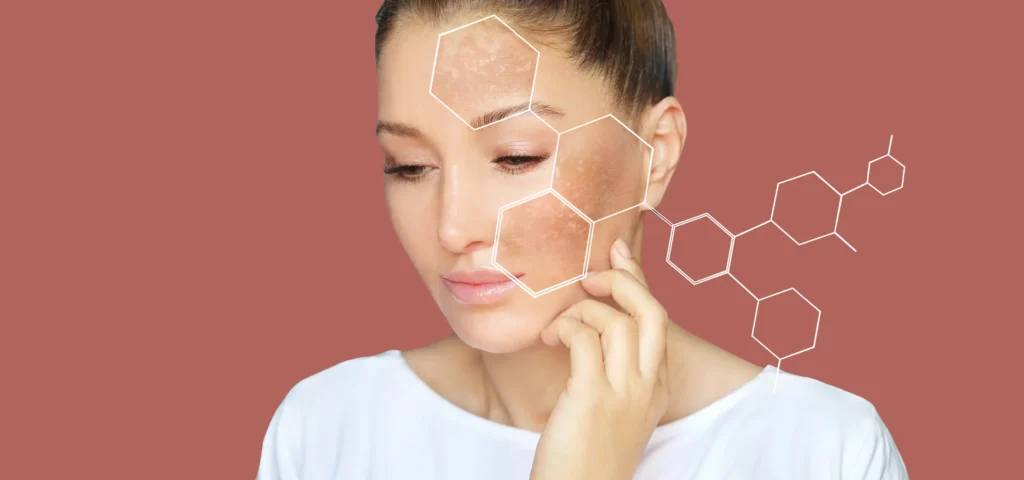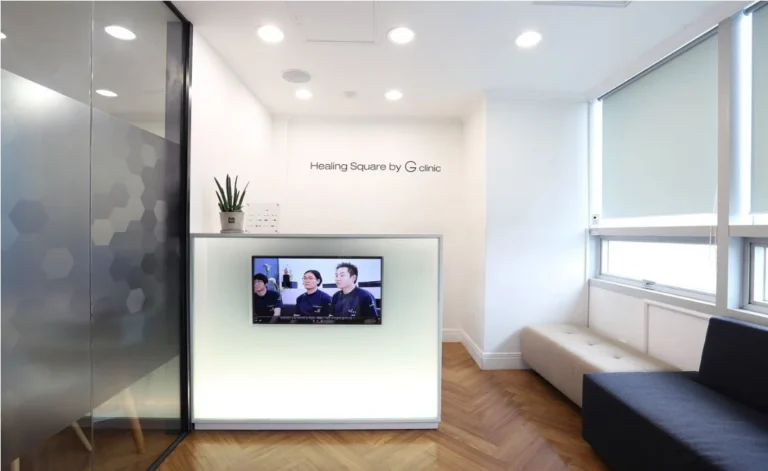Melasma, a common pigmentation disorder that causes dark patches on the skin, is often triggered or worsened by sun exposure. South Korea, renowned for its advanced dermatological care and innovative laser technologies, is a top destination for melasma treatment. But to maximize results and comfort, choosing the right time of year to visit Korea is essential. Here’s a breakdown of the best seasons to plan your melasma treatment trip.
Why Timing Matters for Melasma Treatment
Melasma is highly sensitive to sunlight, especially UV rays, which can stimulate pigment production and counteract treatment results. Many treatments—such as laser therapy, chemical peels, or topical agents—make the skin more photosensitive. Minimizing UV exposure is critical to ensuring effective and long-lasting outcomes.
That’s why seasonality and climate conditions in Korea should be part of your travel planning.
Best Seasons to Travel to Korea for Melasma Treatment
🌸 Spring (March to May) – Optimal for Treatment & Recovery
- UV Index: Moderate
- Weather: Mild, cool, with lower humidity
- Pros:
- Skin heals better in milder temperatures.
- Cherry blossom season offers scenic relaxation post-treatment.
- Less intense sun compared to summer.
- Considerations:
- Wear a broad-spectrum sunscreen and wide-brimmed hat.
- Check for seasonal yellow dust (fine particulate pollution) in April.
🍂 Autumn (September to November) – Ideal Balance of Weather & Sun Protection
- UV Index: Moderate to low
- Weather: Cool, dry, and stable
- Pros:
- Low humidity helps reduce post-treatment inflammation.
- Less UV radiation makes it safer for laser-based therapies.
- Fewer tourists mean shorter clinic waiting times.
- Considerations:
- October is especially ideal for avoiding Korea’s summer heat and winter dryness.
Times to Avoid for Melasma Treatment
☀️ Summer (June to August) – High UV Exposure, Not Ideal
- UV Index: Very high
- Weather: Hot, humid, unpredictable
- Cons:
- Increased risk of hyperpigmentation post-treatment due to intense sun.
- Excessive sweating may irritate treated skin.
- Monsoon season in July adds complications.
❄️ Winter (December to February) – Dryness Can Affect Healing
- UV Index: Low
- Weather: Cold, dry, with indoor heating
- Cons:
- Extremely dry air can lead to flaking and irritation after peels or lasers.
- Risk of dehydration for the skin unless intensively moisturized.
Quick Travel Tips for Melasma Patients Visiting Korea
- Schedule treatment early in your trip, so you have time to rest and recover indoors.
- Bring high-SPF sunscreen, sunglasses, and sun-protective clothing.
- Avoid outdoor activities immediately post-treatment.
- Choose reputable clinics in Seoul, Busan, or Daegu, known for dermatology excellence.
- Opt for packages that include consultation, treatment, and post-care follow-up.
Conclusion: When Is the Best Time to Go?
Spring (March–May) and Autumn (September–November) are undoubtedly the best times to travel to Korea for melasma treatment. These seasons offer an ideal combination of lower UV levels, comfortable temperatures, and favorable healing conditions. By planning your trip during these months, you can protect your skin and ensure the best possible results from your treatment.



